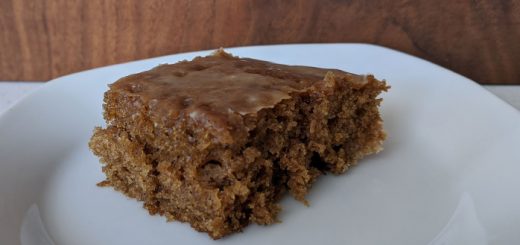Warmer temperatures bring more people outside to grill and entertain. I recently dug deeper into stable, high-heat-tolerant oils for seasoning and re-seasoning ManGrates (particularly after a wet, cold winter with limited grill use), and the information and graphic below was created for the ManGrate site. As a refresher, because ManGrates are raw cast iron—with NO porcelain or chemical coating that can chip, break down and degrade the grates from the inside—oils and fats are needed to seal the pores of iron which not only protect the grates from moisture, but these fats essentially create a naturally non-stick surface.
The maximum temperature every oil and fat can withstand is applicable to grilling and cooking over high heat in order to get the best results—regardless of the type of grates you are using.
Flash Point vs Smoke Point
Initially we (at ManGrate) were told to look at flash points of oil properties. However smoke points are more important to consider when choosing the appropriate oil or fat for seasoning grates on a hot grill. If an oil is on the grates or in a pan and you see smoke rising, the temperature is too hot for that particular oil and the chemical makeup of the oil begins to break down and burn. That is the Smoke Point of the oil. The Flash Point is the lowest temperature at which the lubricant/oil’s vapor can ignite. At that point, which is beyond the smoke point, the oil’s fat has broken down and it’s already burned.
Additionally, the more refined an oil is then the higher the smoke point tends to be. An example: Extra light olive oil has a smoke point well over 460°F whereas extra virgin olive oil has a smoke point of 320°F. The same can be said for butter: Clarified butter has a smoke point of approximately 470°F while the regular version has a smoke point of 350°F.
Bear in mind, when you look at the variety of resources online for more information on smoke points of fats and oils, the numbers are all over the place. Essentially how the oil has been processed and refined as well as the methodology and subjectivity of the smoke point test can cause different results.
The infographic I created below has taken an average of smoke point test results from several sources (some of which are listed below the graphic).

The links below can delve a little further into even more types of oils/fats and smoke points. But this info. is something to consider when you’re choosing an oil to use over high heat in order to avoid a burnt/charred taste or even a burst of flames (which can happen if the fat selected has a low flash point and fire point).
Sources:
What’s Cooking America: Smoking Points of Fats and Oils
Centra Foods: The Smoke Point of Bulk Olive Oil & Other Edible Oils






